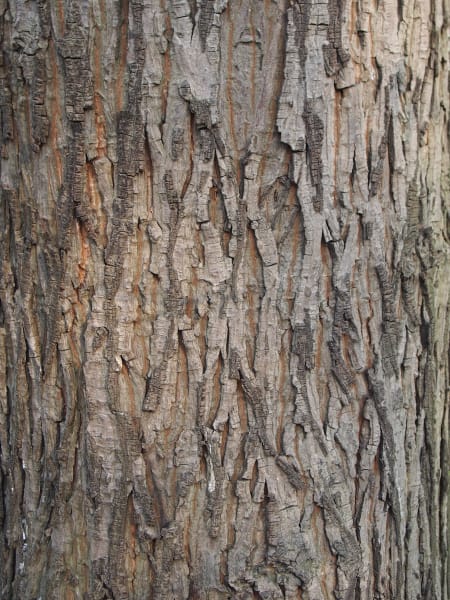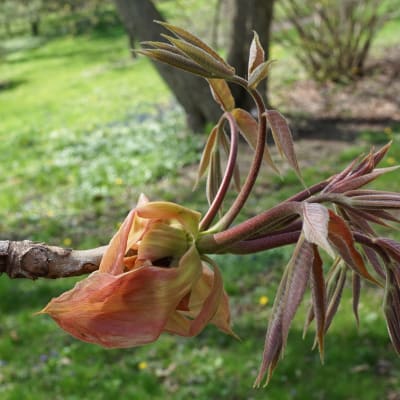Upright vigorous high-yielding shrub produces very large dark tasty berries. Genetic testing has shown Viking to be a cross of A. melanocarpa and European Mountain Ash (Sorbus aucuparia). Plants grown from seed come true to type. Please note: We are offering both true Viking Black plants clonally propagated from cuttings (A) and genetically unique Viking Black seedlings, which come relatively true to type (B)."
Maine Grown. BACK! (1–3')
Items from our perennial plants warehouse ordered on or before March 7 will ship around March 31 through late April, starting with warmer areas and finishing in colder areas. Orders placed after March 7 will ship around late April through early-to-mid May, in the order in which they were received.




